
Lessons from the Greatest Stock Traders of All Time
Proven Strategies Active Traders Can Use Today to Beat the Markets
Read or listen offline
Amazon KindleRecommendation
Can ordinary people really make money in the stock market? The five famous traders author John Boik profiles here would probably answer "yes," but it would be a qualified yes. Beating the market requires more than just following a trading formula, as the stories of these traders’ lives make abundantly clear. To win at the great game of Wall Street, a trader must learn from experience, and that means spending long hours studying. The trading rules and strategies in this book are enlightening, but most of them involve judgment calls that could only have been made by someone familiar with the daily rhythms of the market. Though the careers of the subtitle’s "Greatest Stock Traders of All Time" span more than a century, their personalities and strategies are strikingly similar, a fact that Boik highlights well. Their similarities suggest that successful traders may be born with the necessary high risk tolerance, but that to become sustained victors, they need to develop strong work ethics, cultivate independent minds and never give up. getAbstract suggests this book to active traders, not buy-and-hold investors - those with low risk tolerance need not apply.
Summary
About the Author
John Boik is a controller and the owner of Stock Traders Management, Inc., a private money management firm. An active trader and former stockbroker, he writes "The Stock Market Weekly Report" for Traders Press.








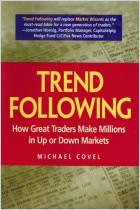
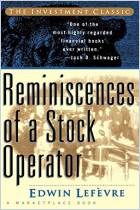
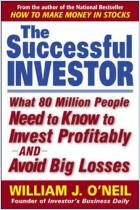
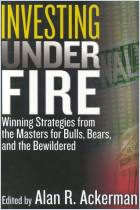
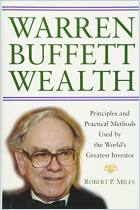








Comment on this summary or Iniciar a Discussão